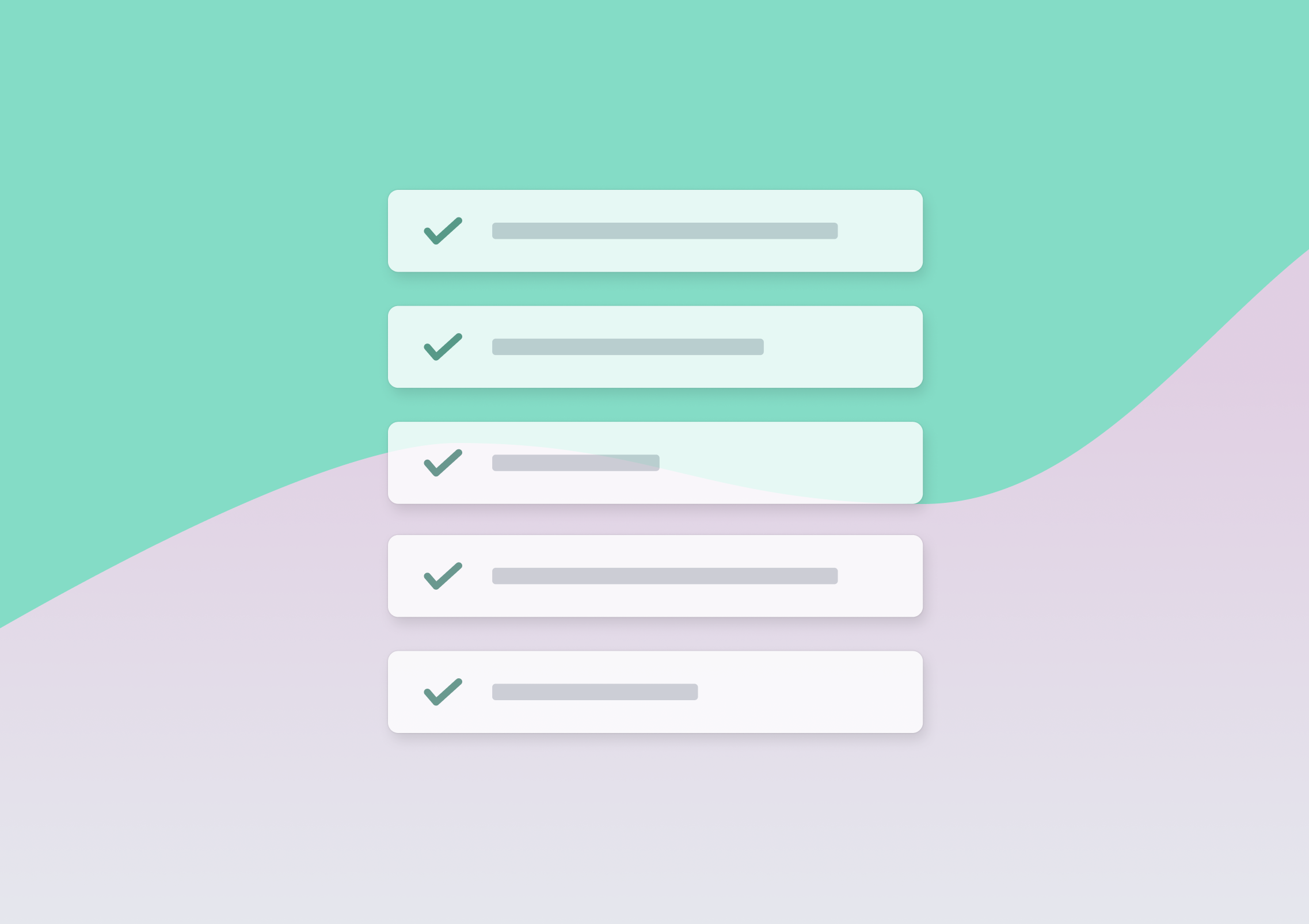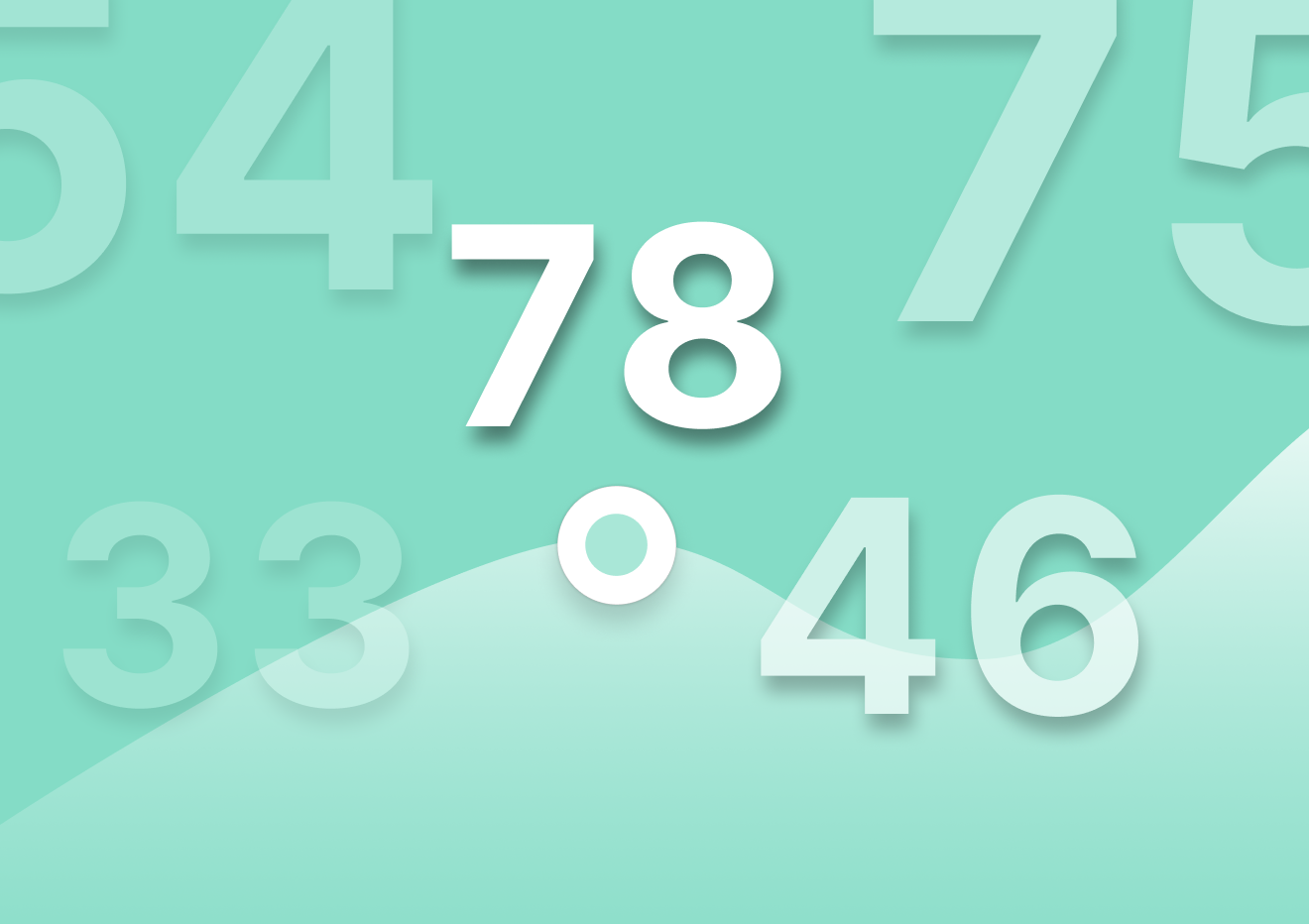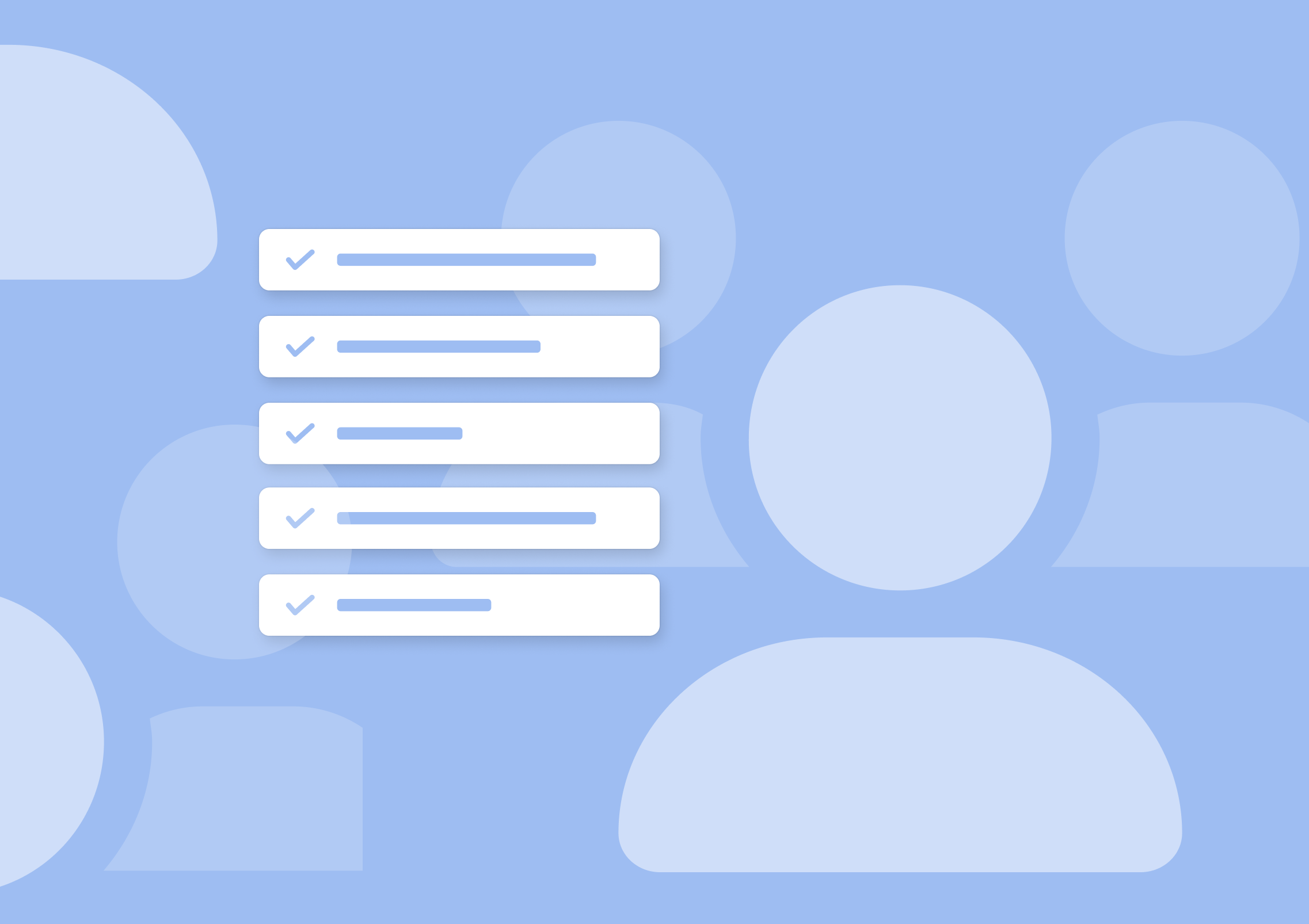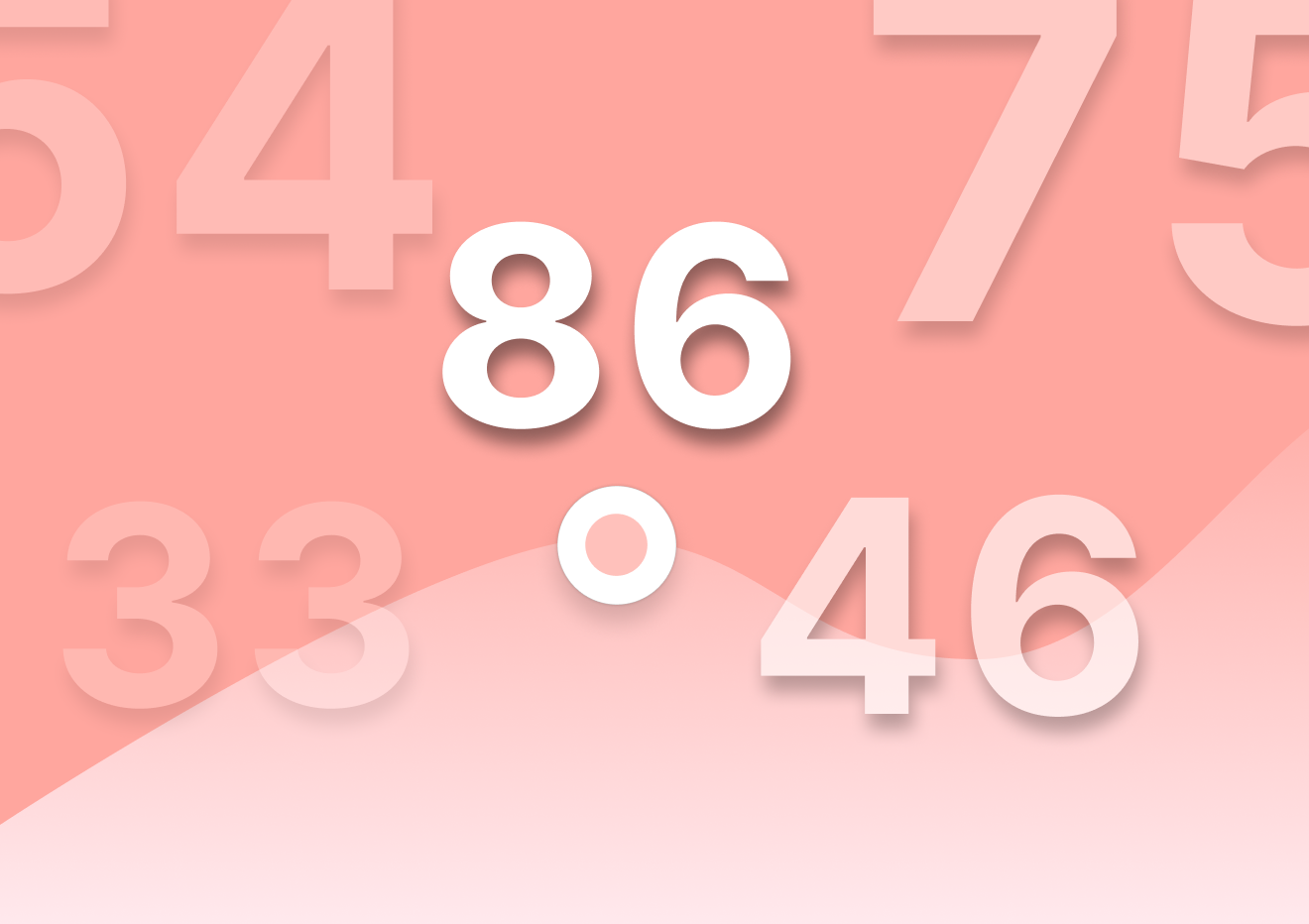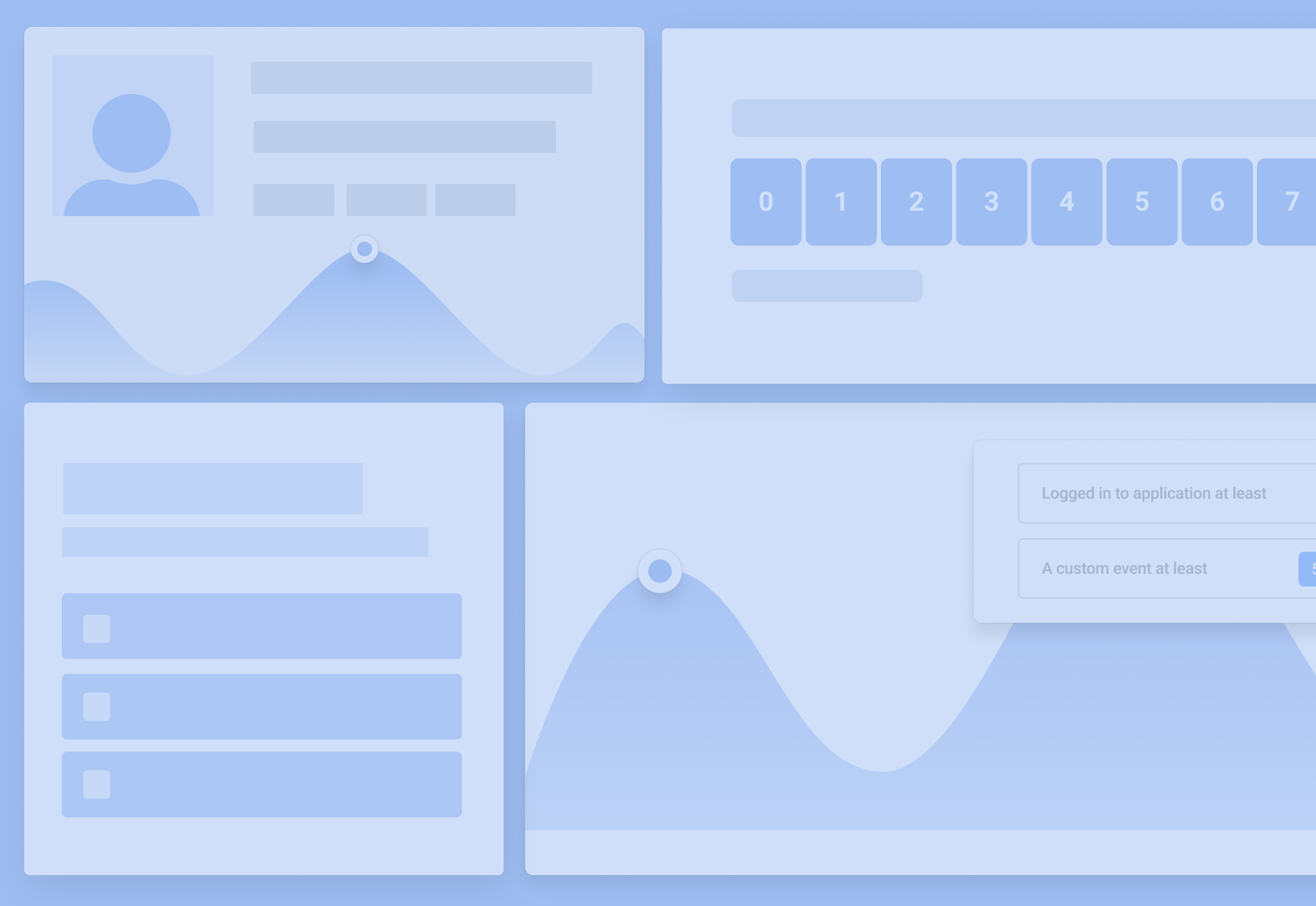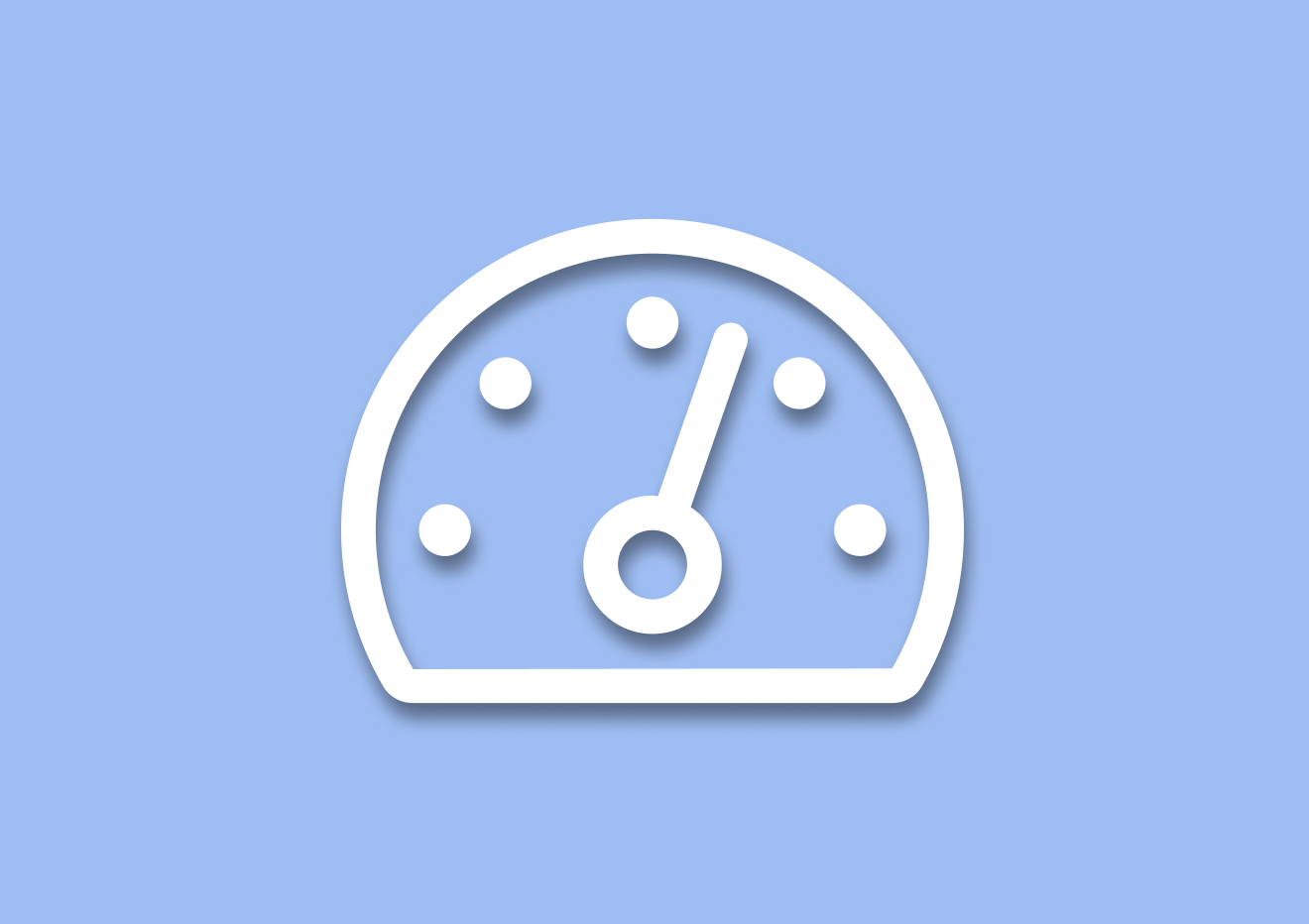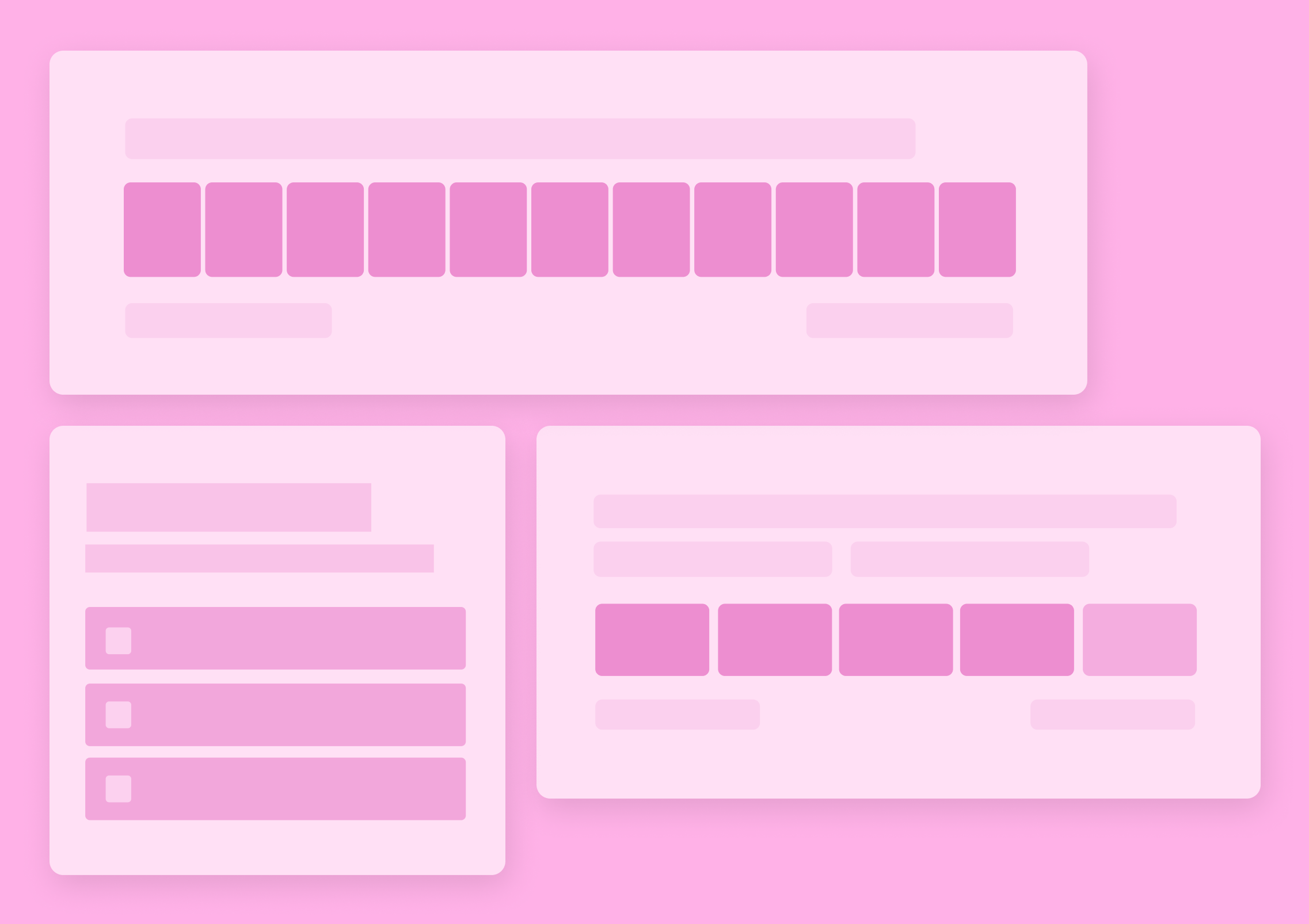20 Customer Feedback Questions to Ask
Are you wondering what customer feedback questions you should be asking?
Fact: No business can survive without happy clients. But how do you know whether your customers are happy or not?
You have to ask them, of course.
In this guide, I’ll show you exactly how to do it. You’ll discover what customer feedback questions to ask and what types of surveys to run.
Let’s do it.
Why Customer Feedback Matters
You know, you just can’t guess or assume how your customers feel about your product or service. You must confirm it with research.
And that’s one of the biggest benefits of running customer feedback.
But there’s more.
#1. Feedback helps you understand your customers
There’s no better reason to collect customer feedback than learning more about your customers. This is the key to success for every business.
Collecting feedback allows you to create more targeted content to engage with them throughout all stages of the funnel.
Because you know, the more you learn about your customers, the easier it becomes to keep them happy.
#2. Customer insights help drive the product growth

Once you learn more about your customers, it’s time to use your learnings to drive your product growth.
Customer feedback informs you what your users want. You are not launching new features for the sake of it but you align the product roadmap to their own needs.
It can also be the differentiator between a business on autopilot and a business that is determined to involve its customers in its growth journey.
#3. It also grows your business. Like crazy!
You can’t scale if you don’t have happy customers. Customer loyalty and engagement can be key to your SaaS business growth.
Your business journey is equally important as the customer journey.
Make the most of all the opportunities to collect customer feedback and use them to deliver the best experience.
Four Types of Surveys to Collect Customer Feedback
You’re ready to be more strategic with customer feedback now.
Where should you start?
First of all, you need to know what kind of feedback you need to collect.
There are four types of customer feedback and each one is linked with a different survey type. Each survey type can provide you with different information about your business, all from the customer’s perspective.
Measure customer loyalty (NPS)
Measuring your customer loyalty helps you understand what your customers think about your product and how engaged they are with it.
A Net Promoter Survey measures customer loyalty and the likelihood of someone to recommend your product to friends or colleagues. It’s not enough to have a happy customer if they are not willing to spread the word about it. That’s why you need to know your Net Promoter Score (NPS).
Measure customer effort (CES)
Customer effort helps you understand how easy (or challenging) it is for someone to interact with your business.
It can help you track the effort your customers need to solve a problem and whether they’ve had a positive experience. This is useful both for the customer success team but also for the overall business performance and what you need to improve.
A Customer Effort Survey (CES) is all about asking the right question at the right time to get valuable insights.
Measure customer satisfaction (CSAT)
Customer Satisfaction helps you track how happy your customers are with the product or service.
It’s not necessarily just about the product or the customer experience but it can give you a better idea of what the customers think about your service.
Customer Satisfaction surveys (CSAT) are key for your business growth. The more you customize them, the better insights you’ll get.
Collect product feedback (PMF)
Every product business wants to get the product-market fit right. How do you know if you’re on the right track?
Product-market fit surveys (PMF) allow you to ask the right questions at the most appropriate moments.
They can help you prevent customer churn and make your business growth easier.
All you need is the right questions.
20 Best Customer Feedback Questions to Ask
Here are 20 customer feedback survey questions to ask your customers based on where they are on the customer journey.
Measuring customer loyalty – NPS questions
The most popular question to ask when collecting the NPS score is:
“On a scale of 0 to 10, how likely are you to recommend us to a friend or colleague?”

This is the question that will give you an indication of your average customer loyalty and the likelihood of someone recommending your product or service.
The question should be direct and easy to understand. You need to launch your survey on the right page and with the right context to maximize your response rate.
You can even customize it to your own branding or access survey templates if you’re using Refiner.
Once you ask the primary question, you can plan the follow-up questions.
Follow-up questions
“What is the primary reason for your score?”
You can trigger this follow-up question when someone engages with the initial question.
This is a great opportunity to get better insights into what your customers think of your product. It can help you explore different reasons that people like (or don’t like) your product.
You can even segment the question to target specific users to improve your understanding of various audiences.
“What could we have done differently to provide a better experience?”
If someone responds with a low grading to your initial question, you can trigger a follow-up question to find out what they are missing from your service.
It’s not enough to get a number for your average NPS score if you don’t learn more about it.
Use this question to dive deeper into what your product is missing and how to boost your engagement.
“What should we improve?”
If you’re serious about improvement, ask a direct question about it. Whether someone is happy with your service or not, there is always room for improvement.
Use this question to find out what you need to do next. Document all the answers and map out the quick wins.
Measuring customer effort – CES questions
Interested in measuring your customer effort?
Here are some CES questions.
“How easy was using Refiner so far?”

This is a simple question to launch after your customers spend a set amount of time on your product.
You can add multiple answers to make it easy to respond.
This will allow you to get an idea of the customer effort to use your product and it’s relevant for many different target audiences – from new customers to very loyal ones.
“Overall, how easy was it to solve your problem with us today?”
This question is focusing on problem-solving.
Everyone is using your product or service to address one or more pain points they are facing.
The ultimate goal is to help them solve them as fast as possible.
Use this question to get an idea of how easy it is for them to solve a problem using your services.
“Were you able to find the information you were looking for on our website?”
This is a different question. You’re still measuring customer effort but this time it’s more about the time it takes to find an answer.
For example, someone might be a prospective client looking for product information. How much time does it take to find an answer to their questions?
Or what if a long-term client wants to upgrade their plan? Was it easy to find out more details about it?
User experience is important across all stages of the funnel and this question can be very helpful for your growth strategy.
“To what extend would you agree with the following: ‘Completing my order was easy’”
This is a more specific question that is relevant when a client completes an order.
You don’t want to lose any customer at the most crucial stage. Frustrating them when trying to finalize an order can impact your long-term engagement with them.
Don’t wait until it’s too late to find out more about their customer effort at this stage.
Measuring customer satisfaction – CSAT questions
Use CSAT questions to close the customer feedback look. Measure customer satisfaction and trigger customized questions to the right audience at the right time.
Here are some examples.
“How long did you use our product or service before seeing results?”
All customers use your product to reach the promised outcome.
Whether it’s about being more efficient, organizing their teams, improving their sales cycle, or any other scenarios, they still want to see the results of their usage.
This is an important question to ask your engaged customers to find out how they feel about your product after using it for a while.
“How did you hear about us?”
Interested in scaling your growth?
You need to know where your users come from.
Is it through word of mouth? Did they see an ad on social media? Did they find out about you through a search engine?
Use your learnings to improve your marketing tactics and your overall user experience.
“What is your name/age/gender/job title?”
Building or reviewing your customer personas?
This is a useful question for you.
Trigger a question to ask your leads about their location, their age, or their job title and use your insights to update your personalized content.
Make sure you launch such questions at the right time.
“How satisfied are you with [Product/Service]?”

This is a simple and powerful question. You can use it as a quick way to gather feedback about your product or service.
You can even turn the answers into emojis to make it easier for your customers to respond.
Segment the question to new users, customers, or power users and draw useful insights.
Interested in learning more about their product feedback? Here are some follow-up questions.
Follow-up questions
“How could we improve our product?”
Ask this question once someone responds to the previous one. This is an open-ended question to give your customers the opportunity to share more of their thoughts.
“What functionality do you value the most in our product?”
This is an opportunity to gather additional feedback about your key features and what your customers value the most.
“Would you buy another product from us?”
Looking for ways to increase your up-selling opportunities? This is a question you need to ask.
“What is your greatest concern about [product/brand]?”
Not everything will be perfect. That’s okay. It’s still important to know your customers’ concerns about your product or brand.
“How would you rate the support you received?”
This question is focusing on customer service.
It can help your customer support team understand their strengths and weaknesses, all in a contextually triggered question.
You can trigger the question after someone fills a form when they’re browsing your resources, or after they end a live chat session.
Measuring product satisfaction – PMF questions
Looking for product-specific feedback to improve your product roadmap?
Here are some questions to consider.
“Quick question, how important is [Feature XYZ] in your daily work?”

If you want to review your key product features, this is a question to ask.
Stop relying on assumptions about what your customers want.
Launch this question and let them pick their favorite features and how they help them be more efficient on a daily basis.
“Hey Jane, we are currently working on a new dashboard. Which of the following options would be most helpful in your daily work?”

How about triggering a survey to your most engaged users to gather feedback on upcoming features?
Make them feel part of your product roadmap and collect valuable feedback that will shape your future decisions.
“How would you feel if you could no longer use Refiner?”
Use this question to measure your customers’ loyalty. It’s not just about your brand or the customer experience.
This question is focusing on your product and how your users feel about it.
There you have it…
20 customer feedback questions to ask on every occasion.
Plan your engagement strategy and pick the right moment to ask each question.
Not every question is relevant for all your customers. Make sure you segment your audiences to customize the surveys.
Good luck!

